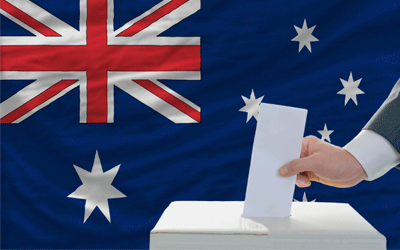Published on the 05/09/2013 | Written by Newsdesk

The launch this week of the Coalition’s plan for Australia’s digital economy and e-government points to a steady-as-she-goes result for the ICT sector whatever the outcome of Saturday’s election…
The Labor and Coalition parties have different approaches to the National Broadband Network – with fibre to the home favoured by the former and fibre to the node by the latter – but their central theses with regard to ICT investment and support for a digital economy are broadly similar.
Although the Coalition this week pledged that if it was elected every Australian would be able to have a digital mailbox to interact with Government if they wanted one, its push for more online government services, cloud computing adoption and ICT transparency aligns broadly with what public sector CIOs have been working toward ever since the release of the Gershon report into Government ICT spending.
The Coalition’s policy can be accessed here and Labor’s policy, which was updated in June, is here.
While the election will not be decided by ICT policies, the technology sector has nevertheless embraced the challenge of providing nonstop analysis and insight regarding this Saturday’s poll – down to the last sausage.
Election apps range from useful tools which provide seat by seat demographic and voter analysis to a website and Facebook page detailing the sausage sizzles and cake stalls being held by schools around the nation that are acting as polling booths for the day.
The mapping tool conceived by geographic information system specialist Esri Australia, Seven News and Yahoo!7 offers intriguing demographic insights by pulling together electoral information, demographic insights and Twitter trends.
The ABC’s VoteCompass website, which has been designed by political scientists and is hosted by the national broadcaster, meanwhile allows people to record their preferences regarding a series of issues to determine how these align with the policies of the major parties. So far more than one million people have used the system.
But volume does not always deliver value according to the ARC Centre of Excellence for Creative Industries and Innovation at the Queensland University of Technology.
Politicians of all persuasions have taken to social media in earnest during the campaign, in part to engage with younger first time voters. However according to Associate Professor Axel Bruns of the Centre of Excellence whose team is tracking parliamentarians and election candidates on Twitter the fallout from a bad mistake made on social media is likely to be greater than the benefit of positive social media campaigns. They have been warned.



























